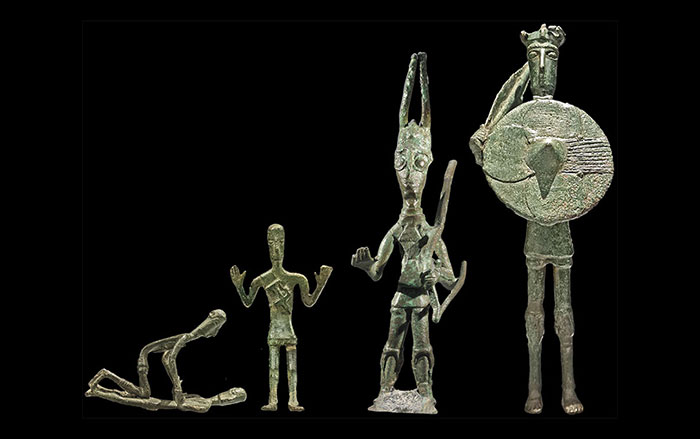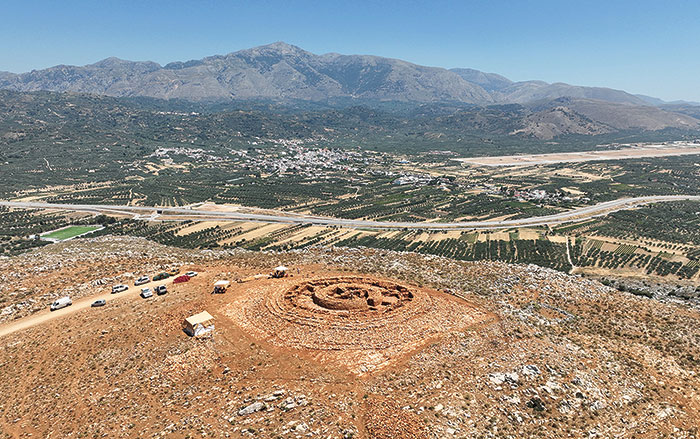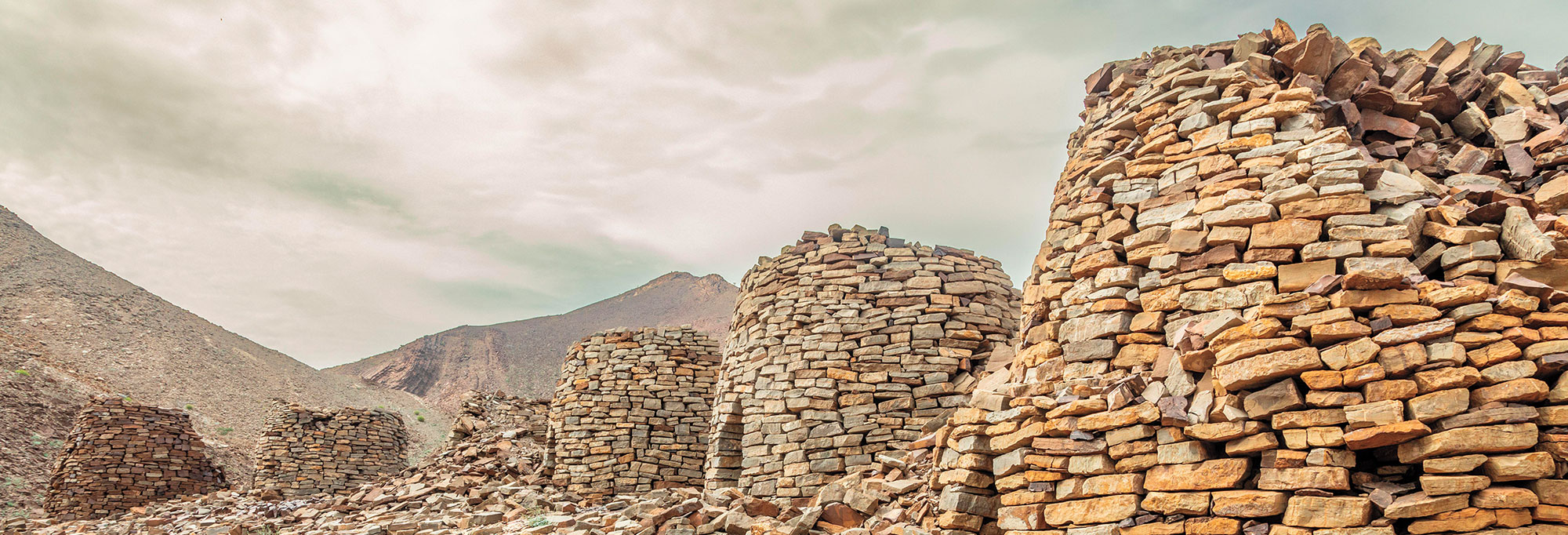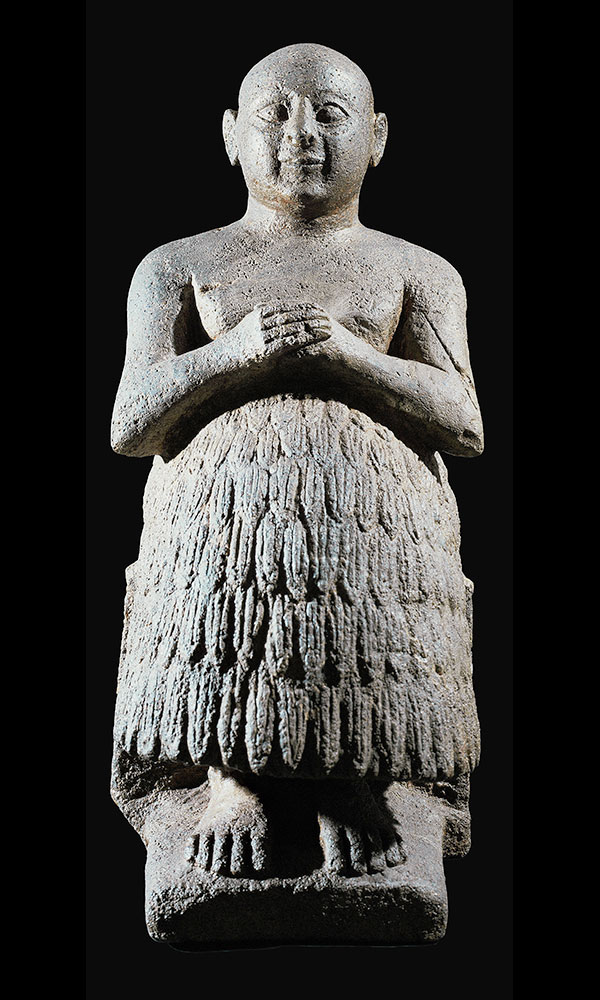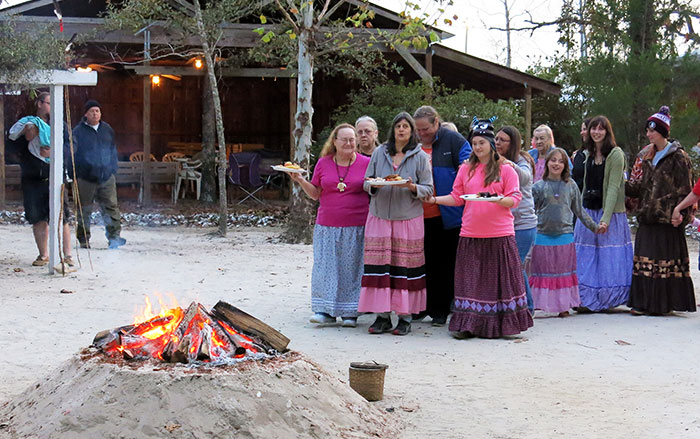
MASZKOWICE, POLAND—Archaeologists studying an unusual 3,500-year-old stone wall discovered at a Bronze Age settlement in southern Poland last year have found more evidence that points to the identity of the structure's builders, reports Science & Scholarship in Poland. Led by Jagiellonian University archaeologist Marcin S. Przybyla, the team believes at least some of the villagers came from the Mediterranean or Adriatic. "The closest similarities in architectural solutions can be found in the settlement situated on the peninsula of Istria in northern Croatia," says Przybyla. His team also found that while the wall protecting the settlement was built using foreign techniques, the twenty houses found inside the settlement are similar to those commonly found in the region. Constructed from ca. 1750-1690 B.C., the wall fell into disrepair after a century. Some signs of crude repair and reconstruction are apparent, but after 200 years, the site was abandoned. Further excavations this summer will focus on a possible bastion or stone gate. To read in-depth about excavations at a Bronze Age site in the Mediterranean, go to “The Minoans of Crete.”



